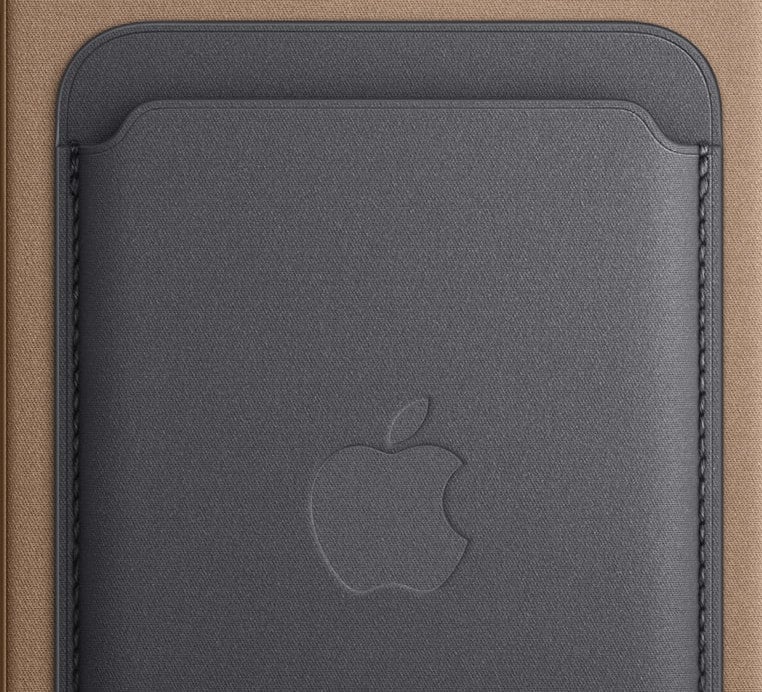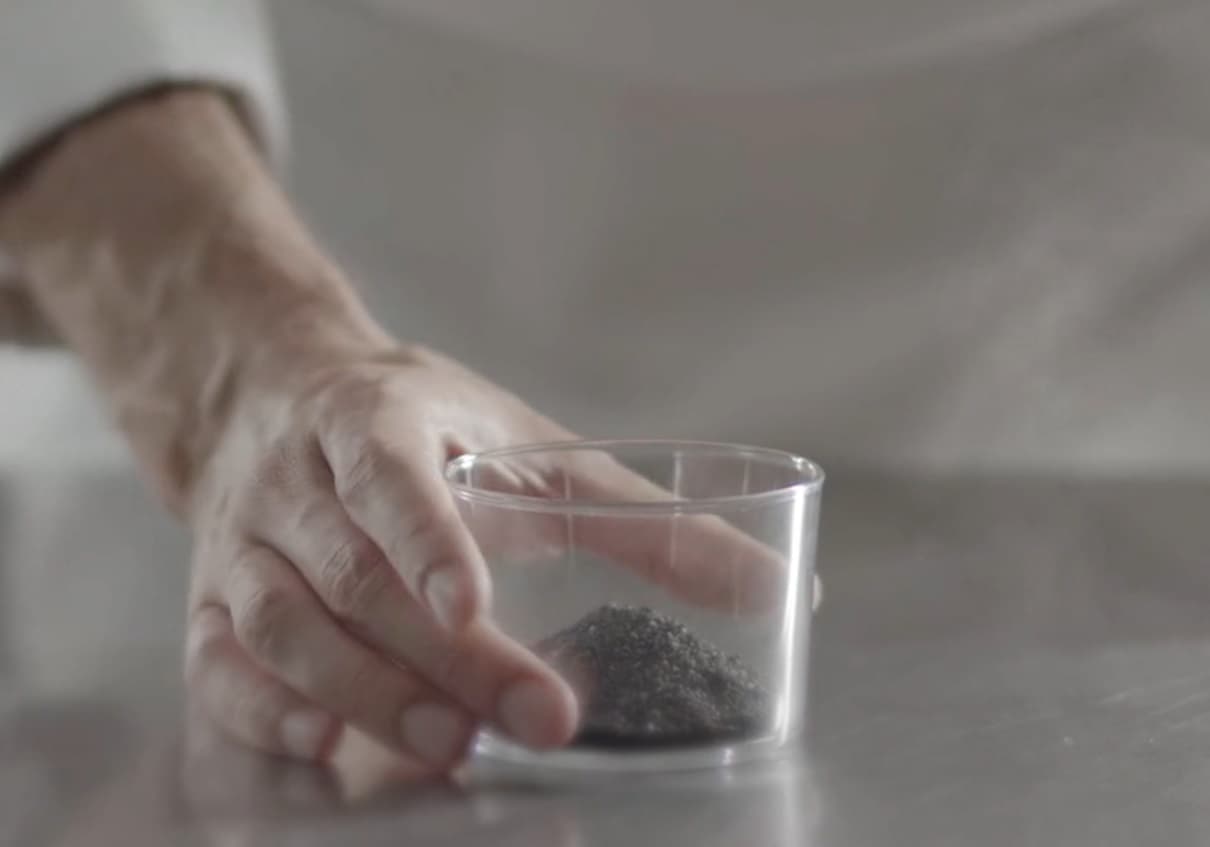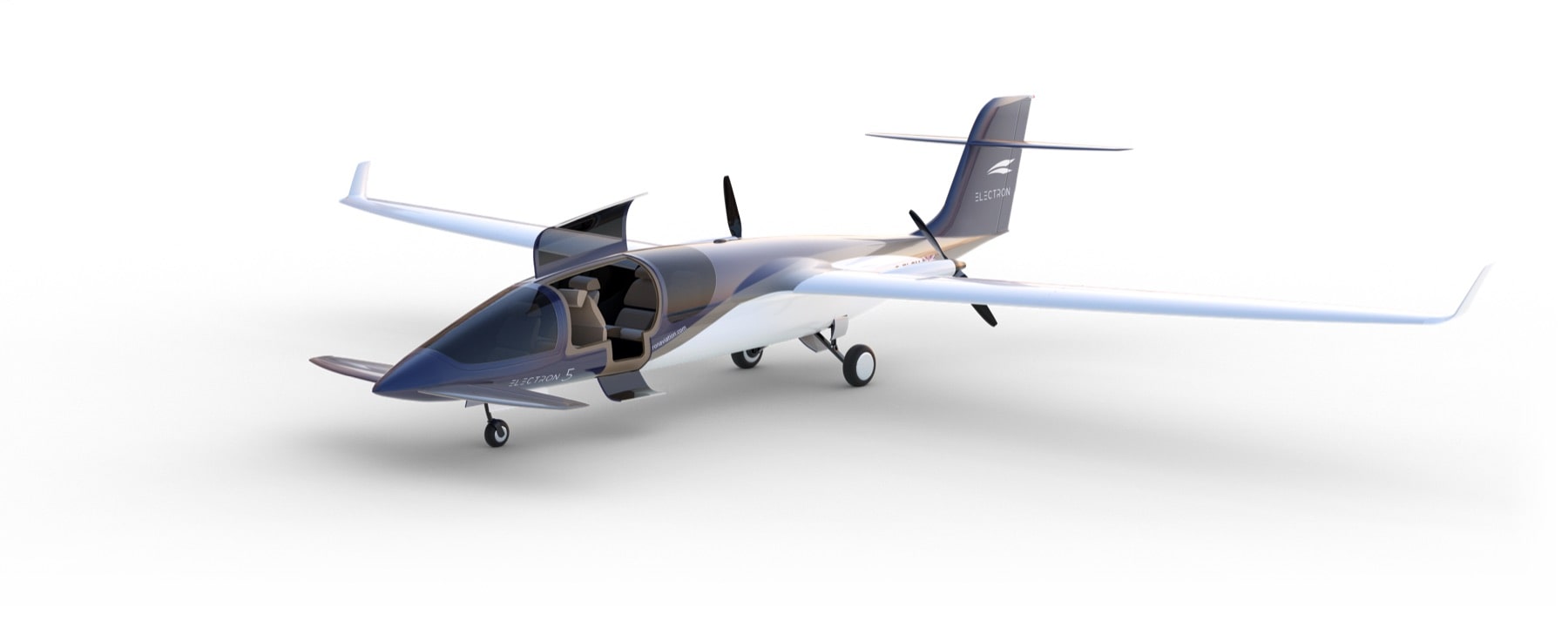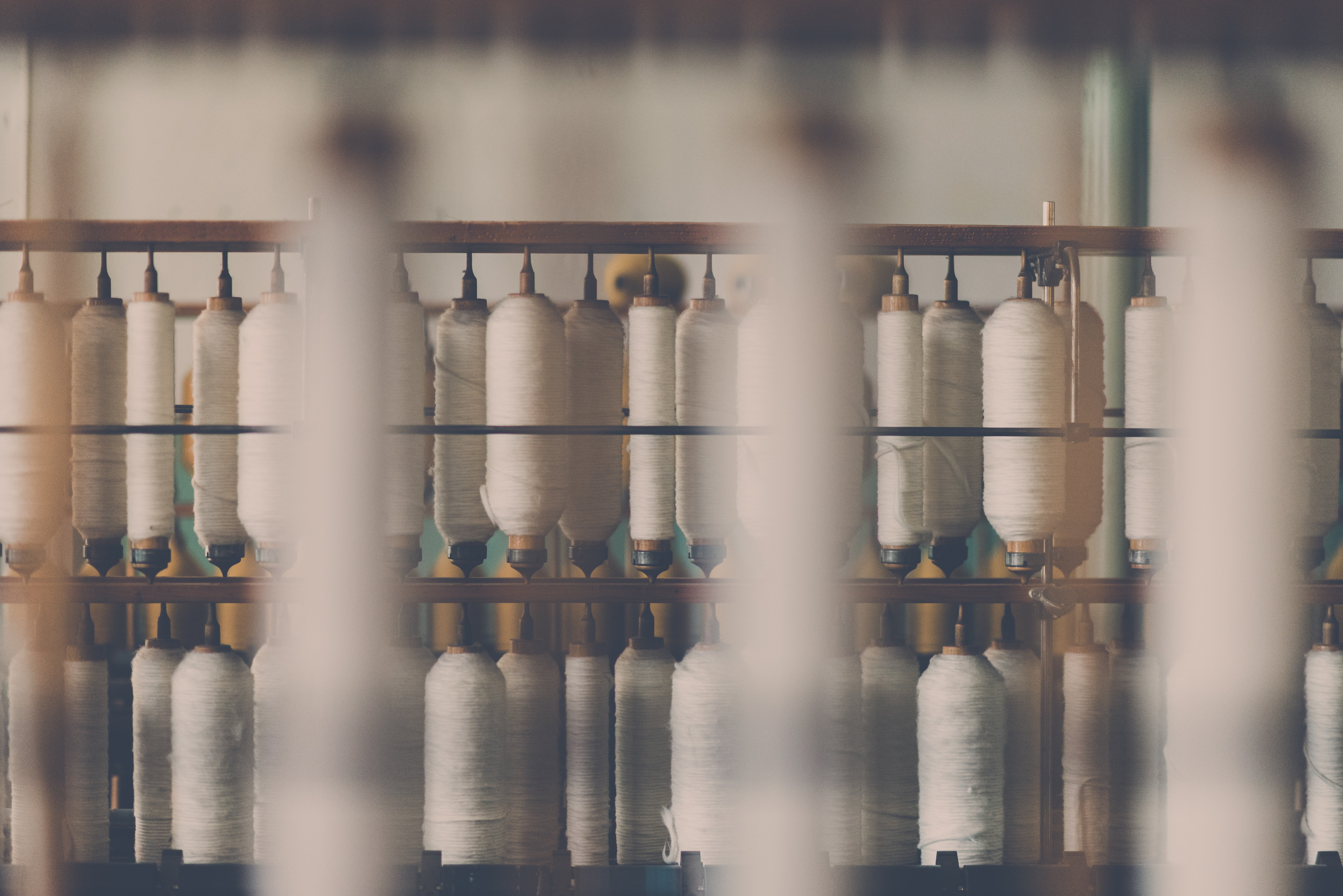
Munich-based start-up, sewts, has secured €7 million to propel automation in the textile industry. The company’s combination of AI, robotics, and material simulation enables robots to handle deformable textiles, addressing the needs of industrial laundries and e-commerce return processes. This technology could significantly reduce carbon emissions, contributing to global climate objectives. Meanwhile, the textile industry as a whole is also seeing an influx of sustainable innovations. From using alternative fibers like hemp and seaweed to recycling old fabrics and plastic bottles into new textiles, the industry is taking strides toward eco-friendliness.
- Munich-based sewts raises €7 million for AI-driven textile automation, aiding industrial laundries and e-commerce.
- Textile industry embraces sustainable innovations like alternative fibers, recycling, and advanced printing methods.
- Advancements also include self-cleaning fabrics and rechargeable textiles, signaling a greener future.
A new chapter in textile automation
Sewts have revolutionized the handling of deformable materials, such as textiles, which have traditionally posed a significant challenge for robotic automation. The company has developed an innovative approach that melds artificial intelligence (AI), robotics, and material simulation. Through this, they equip robots with the ability to perceive and grasp materials in a manner akin to human interaction, allowing them to handle textiles automatically.
A new wave of sustainable textile innovations
Alongside advancements in textile automation, the industry is also witnessing a surge in sustainable innovations. Alternative fibers such as hemp, banana, nettles, pineapple, and seaweed are emerging as sustainable fabric fibers. These fibers offer several benefits, including coping with the decrease in raw materials and having a lower environmental impact compared to traditional ones.
Recycling is another key aspect of sustainable textile production. Old fabrics and even plastic bottles can be transformed into yarns. This process promotes a circular economy, greatly reducing waste. Innovative materials derived from marine animals, such as ‘squitex’ – a material based on squid genes, are also being explored.
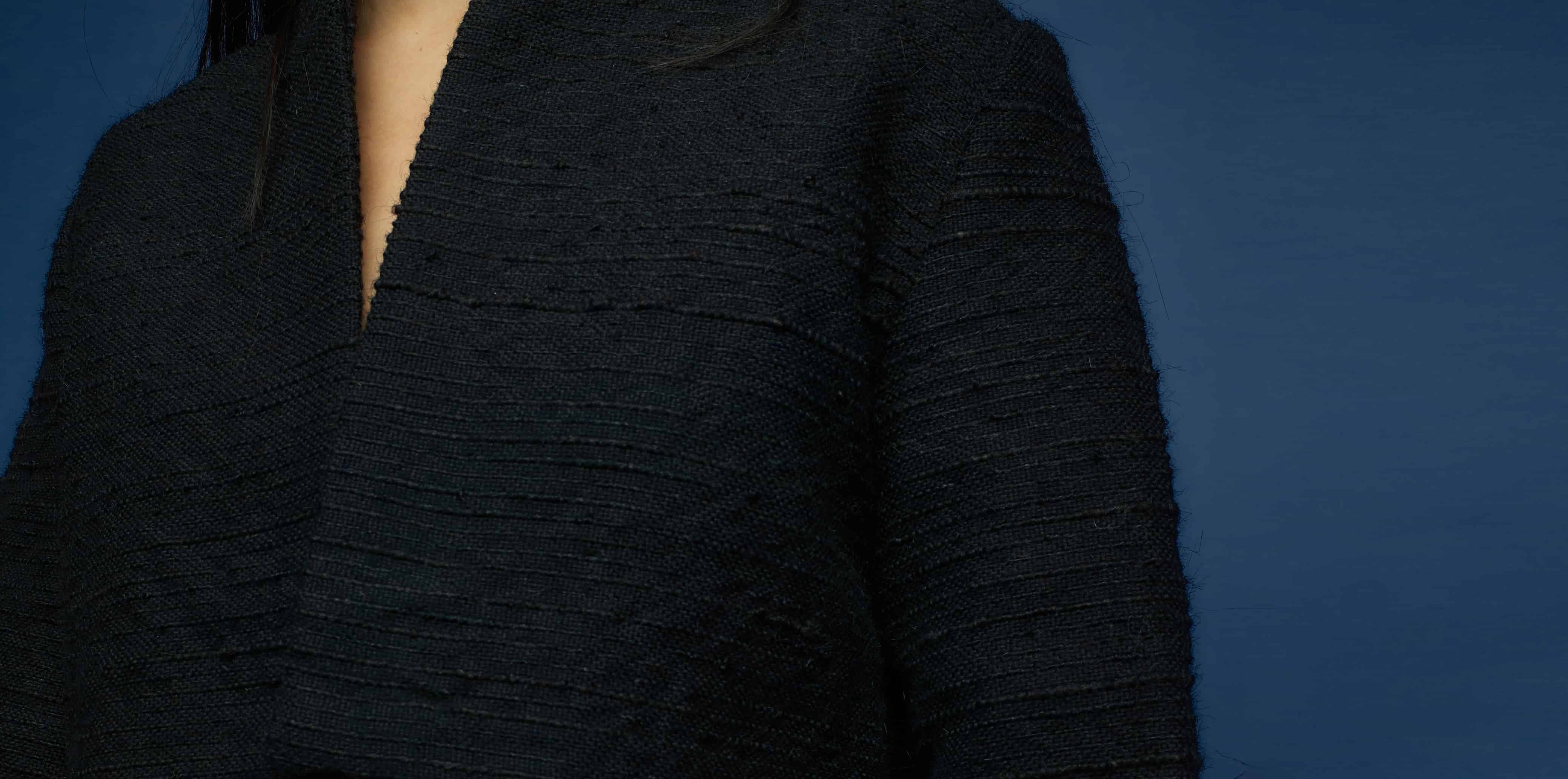
3D and digital printing
3D printing and digital printing on textiles are revolutionizing fabric production. These technologies not only eliminate waste but also reduce the need for manpower. Additionally, they provide a more precise fabric production process, thereby reducing the environmental footprint of the industry.
Self-cleaning clothes
Another exciting development in the textile industry is self-cleaning clothes. Tiny copper or silver structures on the fabric can remove dirt when exposed to sunlight, reducing the need for frequent washing. Rechargeable fabrics, utilizing static electricity generated from friction, are also being developed to power electronic devices, offering a more sustainable solution.
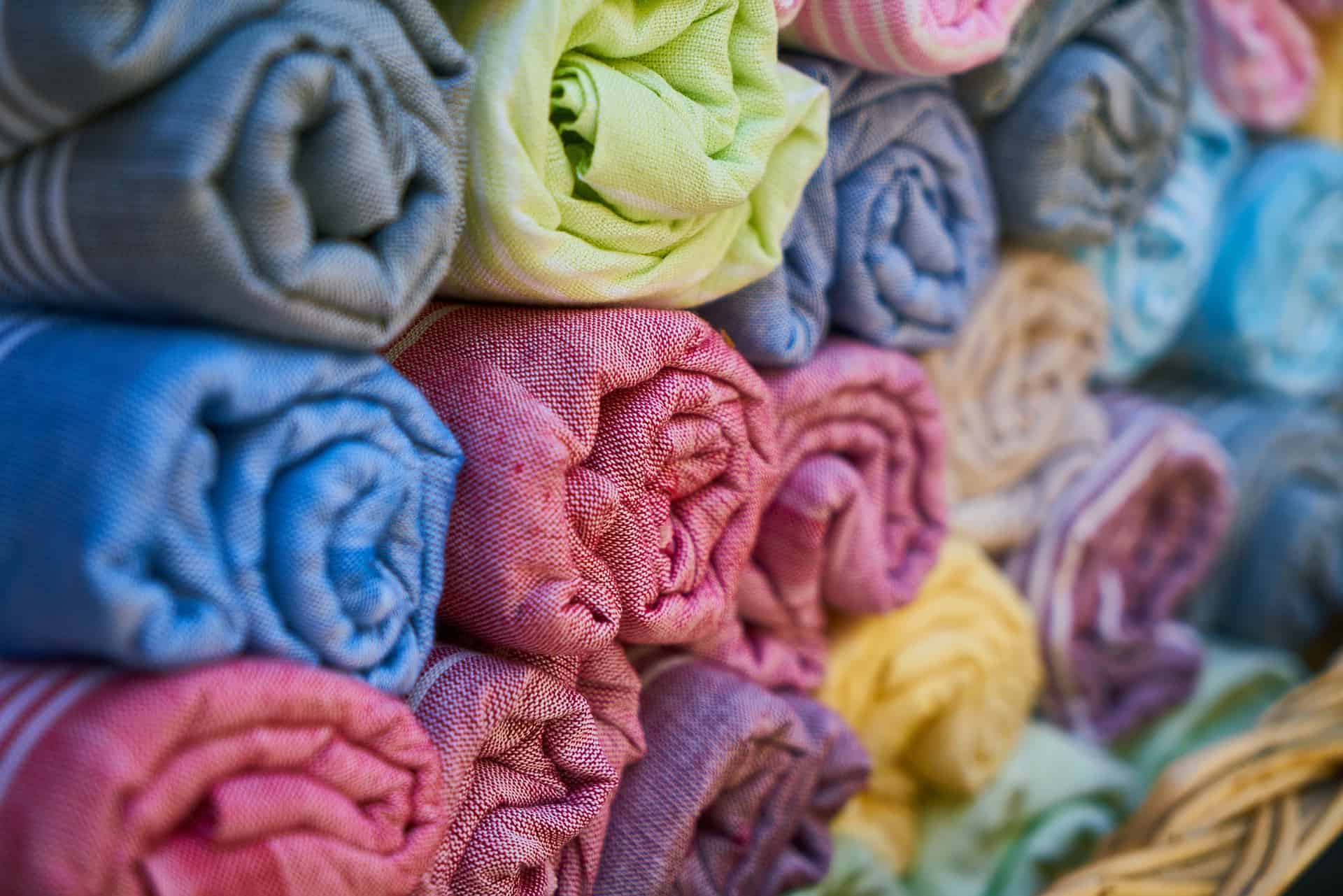
Building towards a more sustainable future
With the textile industry embracing sustainable innovations and automation technologies, a more eco-friendly future seems promising. By leveraging technology to improve operational efficiency and reduce carbon emissions, these innovations contribute to a greener and more sustainable future in the textile industry.



